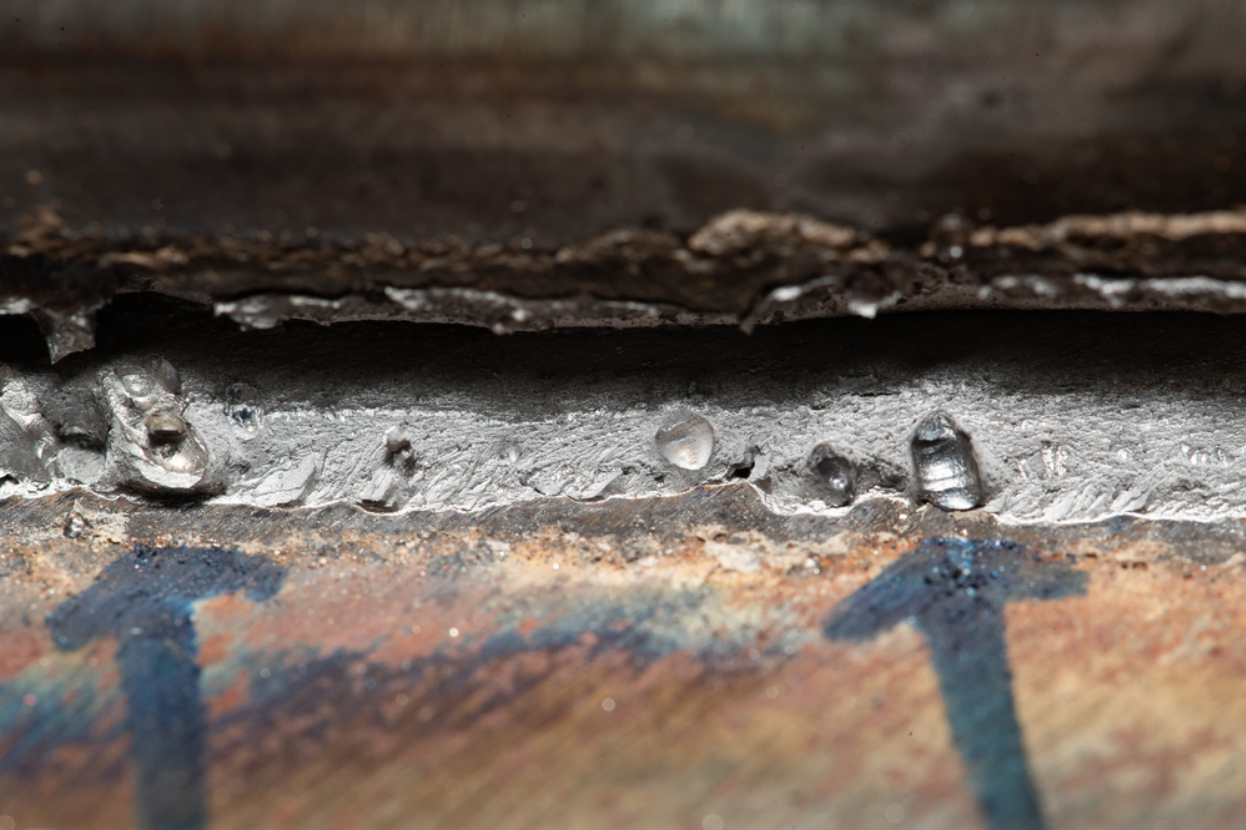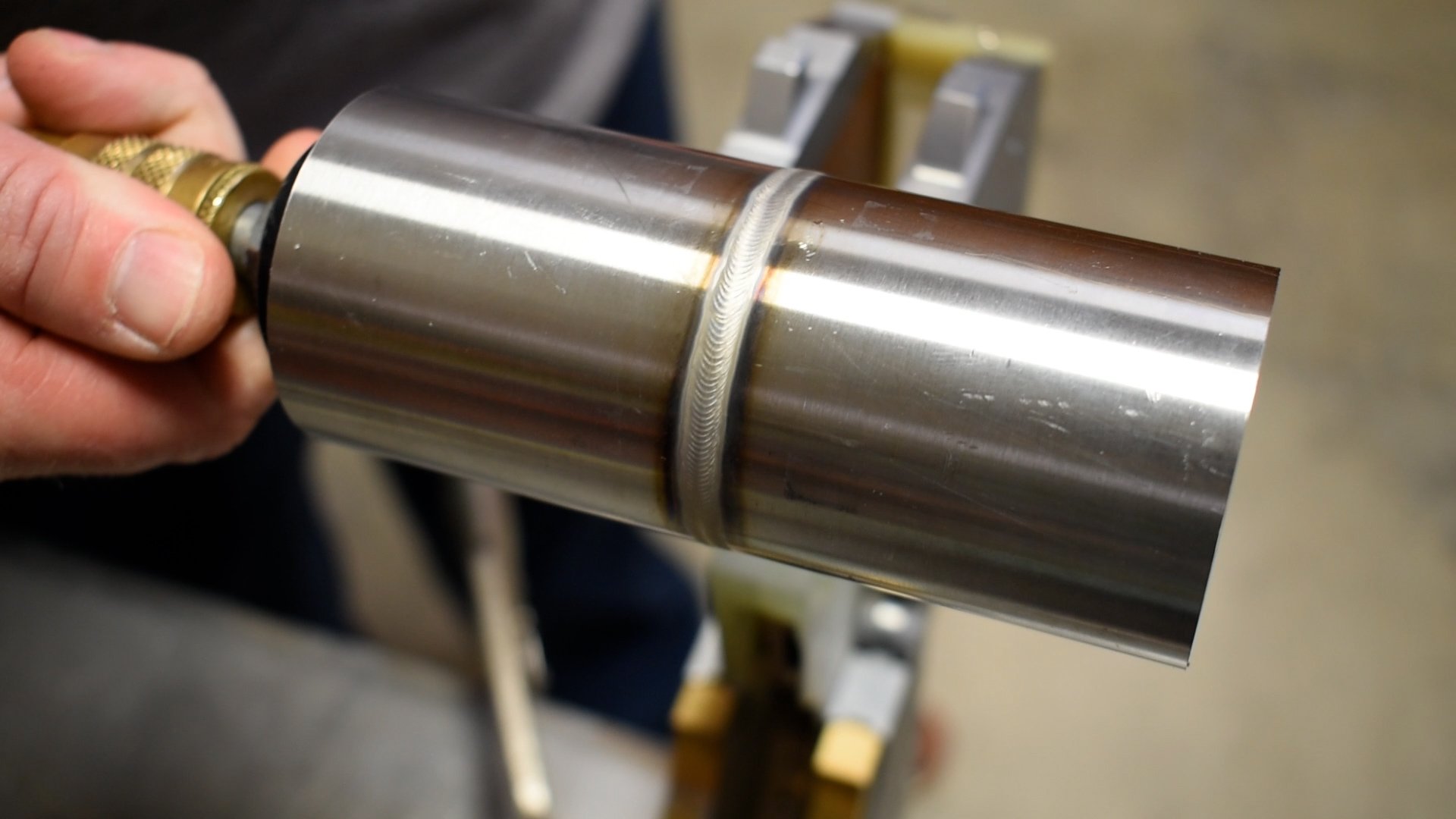Expert Approaches for Preventing Weld Undercut Efficiently
Expert Approaches for Preventing Weld Undercut Efficiently
Blog Article
Recognizing the Causes and Solutions for Undercut Welding in Steel Fabrication Processes
In the realm of metal construction procedures, the incident of undercut welding positions a substantial challenge that demands an extensive understanding of its reasons and sensible remedies. The intricate interplay of different aspects throughout welding procedures can bring about this unwanted sensation, impacting the structural integrity and overall quality of the welded joints - Preventing weld undercut. By exploring the root triggers of undercut welding and checking out efficient restorative procedures, producers can raise the requirement of their craftsmanship and guarantee the production of flawless metal components
Usual Reasons of Undercut Welding
Frequently neglected in steel manufacture, undercut welding occurs due to different aspects that require meticulous attention and know-how to be effectively reduced. Furthermore, incorrect welding strategies, such as making use of the incorrect welding angle or travel speed, can also contribute to undercut formation. The choice of welding parameters, such as voltage, present, and cable feed speed, plays a considerable function in the incident of undercut welding.
Effect of Incorrect Welding Parameters
Unreliable welding criteria can substantially compromise the integrity and quality of welded joints in metal fabrication procedures. The effect of inaccurate welding specifications materializes in various ways, resulting in structural weak points and issues in the bonded elements. One vital element affected by improper welding criteria is the infiltration depth of the weld. Insufficient heat input as a result of reduced welding currents or excessively high traveling rates can lead to inadequate blend in between the base metals, leading to insufficient joint penetration and weakened bonds. Alternatively, extreme heat input triggered by high welding currents or sluggish travel rates can result in burn-through and excessive reinforcement, creating a breakable and unsteady weld framework. Furthermore, incorrect specifications such as improper voltage setups or incorrect electrode angles can add to unpredictable weld grain profiles, absence of fusion, and raised chances of issues like undercutting. Meticulous interest to welding criteria is paramount to make sure the manufacturing of premium welds with the wanted mechanical residential or commercial properties and architectural honesty.
Effect of Improper Lantern Angle
Incorrect torch angle in welding procedures can substantially impact the top quality and stability of the last weld joints in steel manufacture processes. Undercutting is an usual welding flaw where a groove forms along the weld toe, damaging the joint and jeopardizing its structural honesty.
A lantern angle that is as well high can result in not enough penetration, insufficient fusion, and raised spatter. On the other hand, a lantern angle that is too shallow can cause extreme infiltration, burn-through, and distortion of page the base material. Preventing weld undercut. Appropriate lantern angle is vital for ensuring constant weld top quality, strength, and appearance
To avoid undercutting and various other issues brought on by incorrect lantern angles, welders must be trained to keep the correct torch angle throughout the welding procedure. Normal monitoring and adjustment of lantern angles throughout welding can aid achieve sound welds with very little issues.
Duty of Inadequate Welding Techniques

Another aspect of insufficient welding methods is inappropriate weld prep work. Inadequate cleaning of the base metals, inaccurate joint style, or not enough side prep work can all add to undercut welding. Inadequate shielding gas coverage or using the wrong kind of gas can result in insufficient blend and the development of undercut issues.
To resolve the duty of poor welding strategies in steel construction processes, it is important to supply detailed training for welders. Appropriate education on welding parameters, joint preparation, and securing gas choice can assist avoid undercut welding and make sure high-grade welds in steel construction projects.
Reliable Solutions for Undercut Welding
Attending to undercut welding in metal fabrication calls for carrying out efficient services to boost weld high quality and structural honesty. Among the primary solutions to deal with undercut is to change welding parameters such as voltage, existing, and travel rate to make sure proper warmth input and combination. By fine-tuning these setups, welders can stop excessive melting of the base steel and filler material, lowering the possibility of undercut development.
Furthermore, proper joint preparation is crucial in protecting against undercut. Guaranteeing tidy base metal surface areas devoid of impurities and using the proper bevel angle can help advertise far better weld penetration and minimize the risk of undercut - Preventing weld undercut. Utilizing ideal welding techniques, such as weaving or oscillating the lantern, can likewise assist in distributing warm uniformly and loading the weld joint sufficiently, minimizing the possibility of undercut flaws
Furthermore, selecting the right welding consumables, consisting of electrodes and filler metals, is important in alleviating undercut. Making use of materials with suitable chemical structures and mechanical click reference properties can contribute to accomplishing audio welds with marginal undercut. Normal inspection and quality control steps must additionally be applied to discover and resolve undercut issues immediately, making certain the total honesty of made steel parts.

Conclusion
In conclusion, understanding the reasons and solutions for undercut welding in steel manufacture procedures is vital for attaining high-grade welds. By resolving usual reasons such as inaccurate welding parameters, improper lantern angle, and poor welding methods, welders can avoid undercutting and ensure solid, long lasting welds. It is necessary to pay interest to these elements and implement reliable options to improve the overall welding procedure and final item top quality.

Report this page